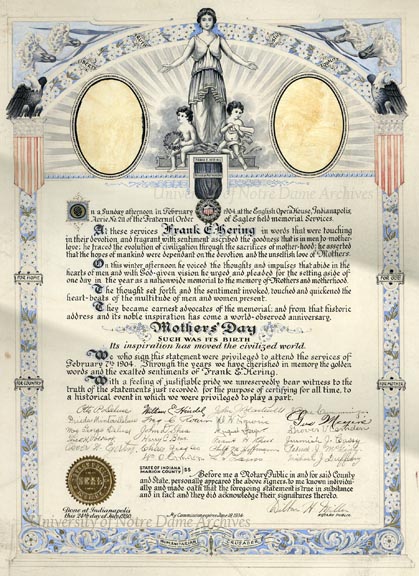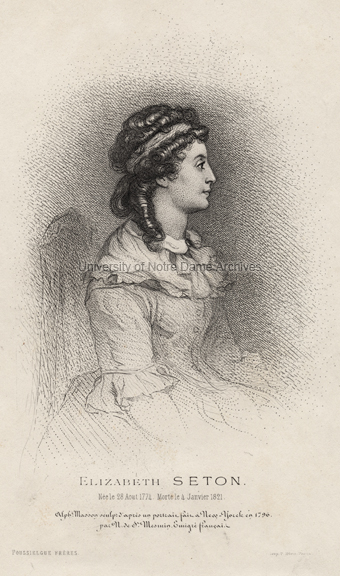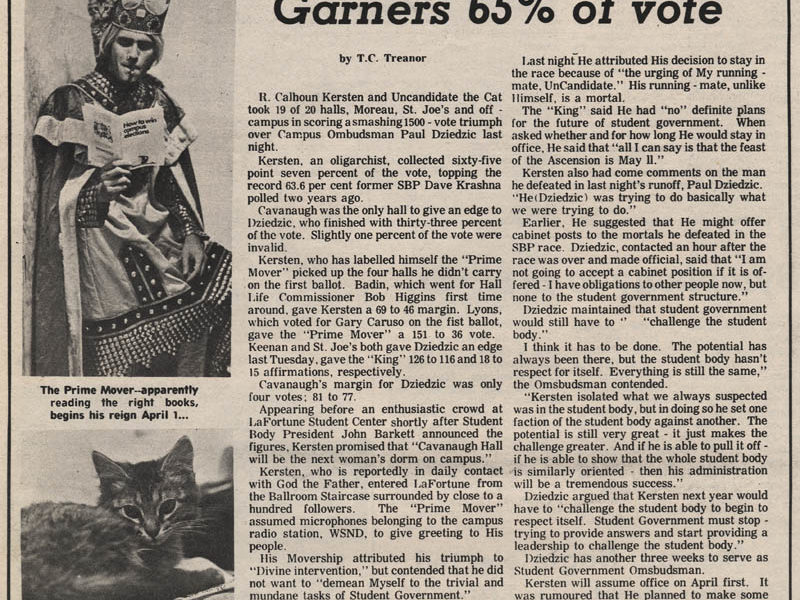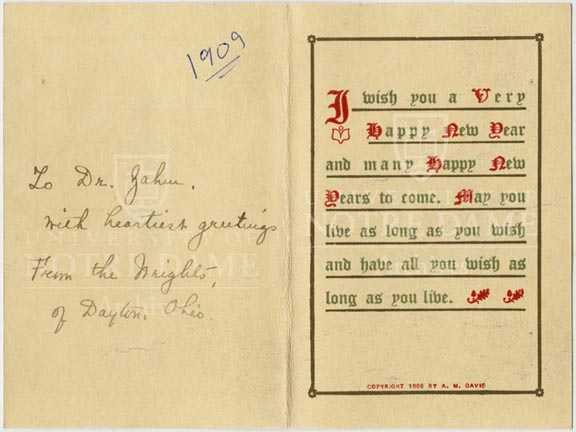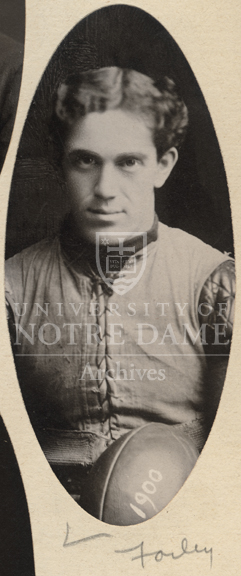
On February 7, 1904, Francis Earle Hering proposed the idea of “setting aside of one day in the year as a nationwide memorial to the memory of Mothers and motherhood” to an audience of the Fraternal Order of Eagles in Indianapolis [certificate below].

Frank Hering first attended the University of Chicago, playing football under Amos Alonzo Stagg, from 1893-1894, then took a coaching job at Bucknell for a year, before coming to Notre Dame in 1896. That fall, Hering played quarterback and was the coach and captain of the football team. He also coached basketball, baseball, and track, and served as instructor of athletics. In 1898, Hering earned a bachelors in English (Litt.B.) and a bachelors in Law (L.L.B.) in 1902. He taught English from 1898-1902 and later served Notre Dame for many years as a Lay Associate of the Board of Lay Trustees and as President of the Notre Dame Alumni Association. He gave a speech at the dedication of Notre Dame Stadium in 1930 and was on the committee of the Rockne Memorial after Coach Knute Rockne’s death in 1931.

Hering’s inspiration for a national Mother’s Day came from Notre Dame students writing home to their mothers: “[P]ractically every boy has as his sweetheart his mother – and that the surest way to appeal to him for his best efforts in building his character and his grades – those things greatly to be desired – was to remind him of the deep happiness his mother receives” [quoted in Scholastic, 05/09/1941, page 11].
Hering’s involvement with the Fraternal Order of the Eagles gave him an oratory platform to spread this idea of a day specially for mothers. Others were also campaigning the idea, including Anna M. Jarvis, and Congress passed a resolution in 1914, making Mother’s Day a national observance.
“Throughout history the great men of the world have given their credit for their achievements to their mothers. [The] Holy Church recognizes this, as does Notre Dame especially, and Our Lady who watches over our great institution” [Frank Hering, as quoted in Scholastic, 05/09/1941, page 11].
Sources:
Scholastic
Lists of Early Notre Dame Students and Faculty
“Echos: As ND as football, Mother’s Day and Community Service,” by Jason Kelly, Notre Dame Magazine, Autumn 2009
UDIS 141/19
GUND 10/05
GMLS 7/03
